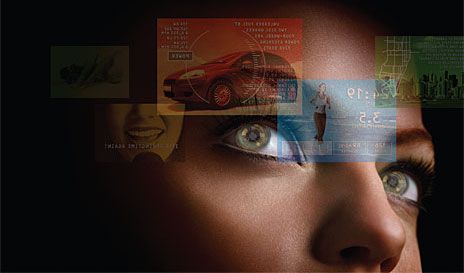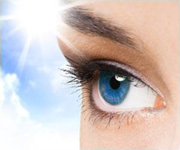"The scientists were stuck in 1920"
 There is a New York Times article entitled "Lactic Acid Is Not Muscles' Foe, It's Fuel" By GINA KOLATA published on May 16, 2006. I just read it today. The article is about recent discoveries in exercise physiology. It turns out that the accepted scientific understanding of a fundamental aspect of exercise was wrong for more than 80 years. It ends with a quote by Dr. Brooks: "The scientists were stuck in 1920." He's talking about the entire field of exercise physiology!
There is a New York Times article entitled "Lactic Acid Is Not Muscles' Foe, It's Fuel" By GINA KOLATA published on May 16, 2006. I just read it today. The article is about recent discoveries in exercise physiology. It turns out that the accepted scientific understanding of a fundamental aspect of exercise was wrong for more than 80 years. It ends with a quote by Dr. Brooks: "The scientists were stuck in 1920." He's talking about the entire field of exercise physiology!
Even when the mistake was shown by good research, the entire field continued to fight against Dr. Brooks's discoveries for decades. In some ways it reminds me of the fight against new tonometers such as the Ocular Response Analyzer and the Pascal Dynamic Contour tonometer that we see in ophthalmology now.
In my experience, science (as typically practiced) is wrong so much that I think people who maintain a predominantly scientific (i.e., materialistic) world view are disadvantaged. For example, the article says, "Coaches have understood things the scientists didn't." That is almost always the case in almost every field at all times.
The people who are "in the trenches" understand things scientists don't. Now this isn't to say that the scientific method is bad or that data-driven methodology should be discarded. Good coaches rely on a ton of data and they have excellent observation skills. They do have a scientific approach. The difference is they are not limited by a dogmatic scientific materialism.
Furthermore, the practice of science in today's world is so wrapped up with ego, power, career advancement and money that the altruistic aims of science get pushed aside. And new discoveries get trampled by established scientists who want to hold on to their positions of power and prestige.
- Read more about "The scientists were stuck in 1920"
- dave's blog
- Log in or register to post comments

 For the past 9 years, I have been supplementing with glucosamine chondroitin to ward off joint issues due to an intense daily exercise regimen. I’ll never know for sure whether this supplement works as advertised since I began taking it as a preventative measure and to this day do not suffer from joint pain. However, when I read recently on the internet that chondroitin can possibly make matters worse for glaucoma patients, I dropped the supplement overnight and did not wean myself off it. This action may have led to the unintended result which I describe below.
For the past 9 years, I have been supplementing with glucosamine chondroitin to ward off joint issues due to an intense daily exercise regimen. I’ll never know for sure whether this supplement works as advertised since I began taking it as a preventative measure and to this day do not suffer from joint pain. However, when I read recently on the internet that chondroitin can possibly make matters worse for glaucoma patients, I dropped the supplement overnight and did not wean myself off it. This action may have led to the unintended result which I describe below.
 Purpose: To assess the dose-response relationship of vigorous physical activity (running distance, km·d-1) or cardiorespiratory fitness (meters-per-second pace during a 10-km footrace) to the risk for incident glaucoma.
Purpose: To assess the dose-response relationship of vigorous physical activity (running distance, km·d-1) or cardiorespiratory fitness (meters-per-second pace during a 10-km footrace) to the risk for incident glaucoma.
